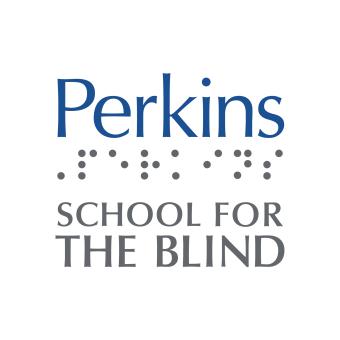HiNAIA Educational Technology
HiNAIA is an AI-powered adaptive learning platform developed to simplify special education. Designed in collaboration with educators, clinicians, and researchers, HiNAIA helps schools deliver individualized education at scale, aligning a solution to the special education ecosystem and the goals of IDEA, IEPs and Section 504.
HiNAIA supports teachers and administrators through the following capabilities:
- The Student Experience
- Real-time personalized instruction with scaffolding resources that align to the student’s goals with evidence-based practices.
- Integrates Universal Design for Learning






